| Things needed: 1. exhaust and transfer durations. I prefer the hot durations but if you give me the cold durations then tell me they are cold. Or just give me the mm above the ports and also tell me the deck (distance from top of cylinder to where piston edge is at top of stroke). 2. bore and stroke of engine and center-to-center connecting rod length is you know it. 3. Compression ratio. Guess if you're not sure. 4. Is the engine equipped with a reed valve? 5. If you've measured the exhaust gas temperature then let me have it otherwise I will assume 610 C at 6" from piston. This is the average temp for good jetting. 6. Does the engine have a modern CDI that advances/retards with RPM or is it set to fire only at a certain degree BTDC? 7. Is the engines exhaust port single or multiple? 8. If there is limited space for the belly width then tell me the maximum diameter to use for the belly. 9. What will the bike be used for and how do you want the powerband to be (wide or peaky)? 10. Give me a general idea of how long you like the stinger to be and what the inner diameter is of the connector pipe of your current silencer if you want to use it.. 11. Inner diameter of existing header. 12. Are you going to keep the existing header or cut it off after the flange to weld the new header to it? 13. If you know how the pipe will be from engine to mid belly then give me an approximation of that distance or a minimum-maximum. 14. If you know what sheet metal you are going to use to make the pipe then tell me the sheet thickness. I don't recommend less that .7mm. 15. Maximum RPM or peak power RPM. 16. If you can do this, it is best: slip a paper into the cylinder and while pressing against it to keep it from moving use a finger to press along each transfer port on one side of the engine and also all around the exhaust port. Then follow instructions below to get the most exacting measurements of the ports. I need the combined transfers width on one side of the engine and all the measurements of the exhaust port. This allows the most exact estimation of the duration of the exhaust pulse which determines the length of the cones. But if that's too much work then I'll just let the program do an estimation based on the type of exhaust port (# of ports exhaust). For the most accurate results start by making an imprint of your exhaust port with paper inserted into the cylinder. Align the edge of the paper at the top edge of the cylinder and press onto the paper along the edges of the port(s).  How to get the port trace: With cylinder removed... Just cut a rectangle of paper as tall as from the cylinder top to a bit beyond the bottom of the port. Its width should be a bit more than the cylinder diameter multiplied by 3. Insert the paper into the cylinder so that its top edge is even with the top edge of the cylinder. With cylinder on bike but head removed... Just cut a rectangle of paper as tall as from the cylinder top to the piston edge with the piston as low as it will go. Its width should be a bit more than the cylinder diameter multiplied by 3. Insert the paper into the cylinder so that its bottom edge is even with the top edge of the piston. Then spread the paper apart so it is pressing against all of the cylinder and then hold it in place where the paper overlaps itself. Then reach in and press your thumb onto the paper where you think the top of the port is. Once you can feel the top edge then press hard on the edge without pushing the paper into the exhaust port. Do this all along the exhaust ports edges. Remove the paper and enhance the trace with an ink pen. Mark along both sides of the ports every 1mm and use ruler and pen to connect the marks. Then use your ruler to measure each port width for each 1mm and write them down as illustrated above. It's not necessary to go all the way to the bottom of the port. Here's pics showing what I'm describing... 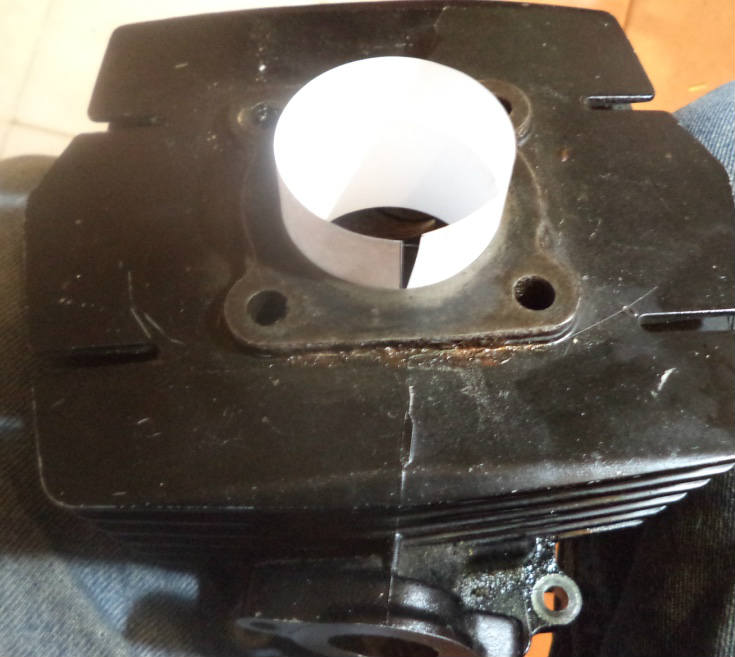 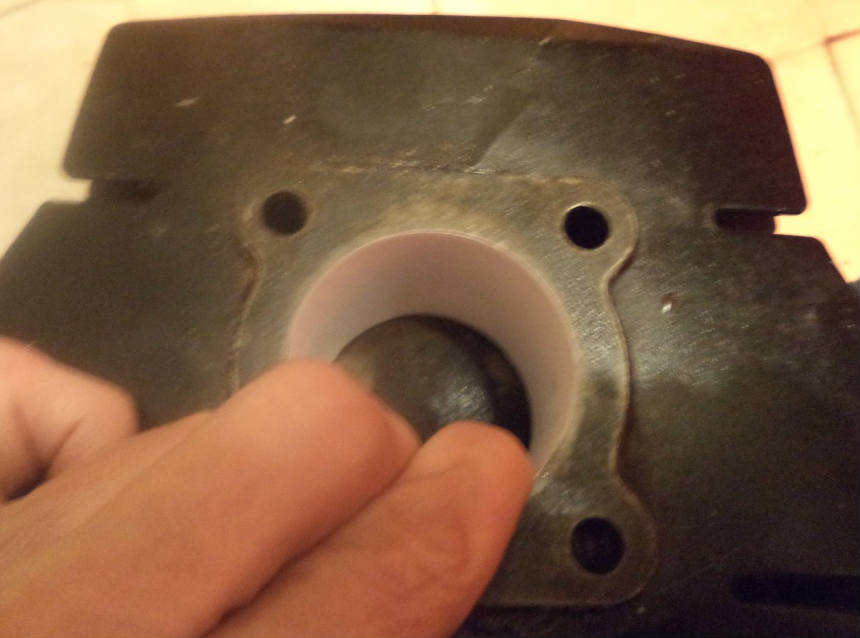 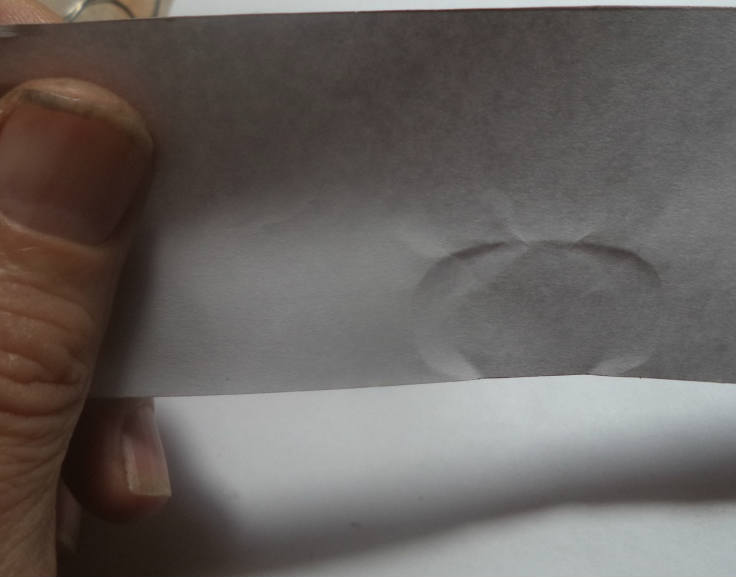 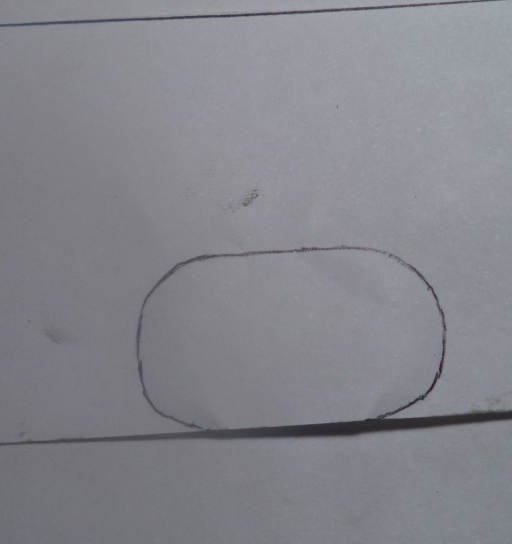 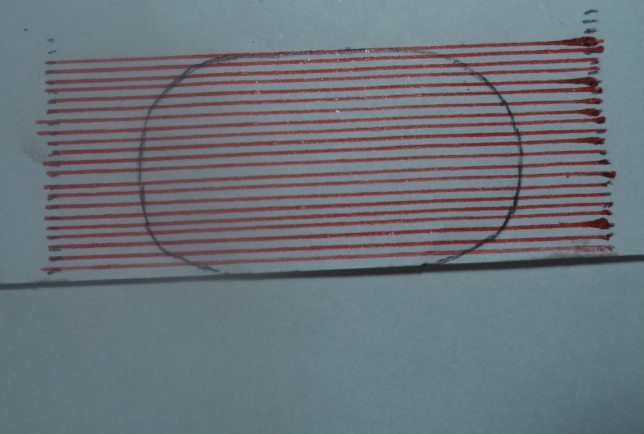 Measuring from the top edge of the paper, make horizontal marks to the left and the right of the exhaust port(s) every 1mm. Then draw horozontal lines across the exhaust port that are spaced 1mm apart as you see in the graphic below. Measure the center millimeter width of each 1mm space and write it down. If there are two or three sections along one line then add their widths together. For example if the main port is 40mm and each auxiliary port is 10mm then the total is 60mm. 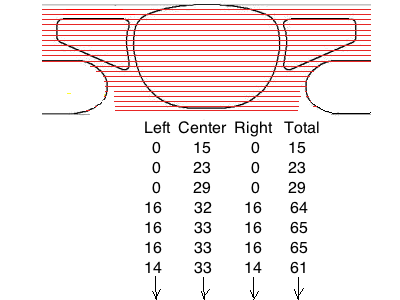 Send data to 19jaguar75@gmail.com |